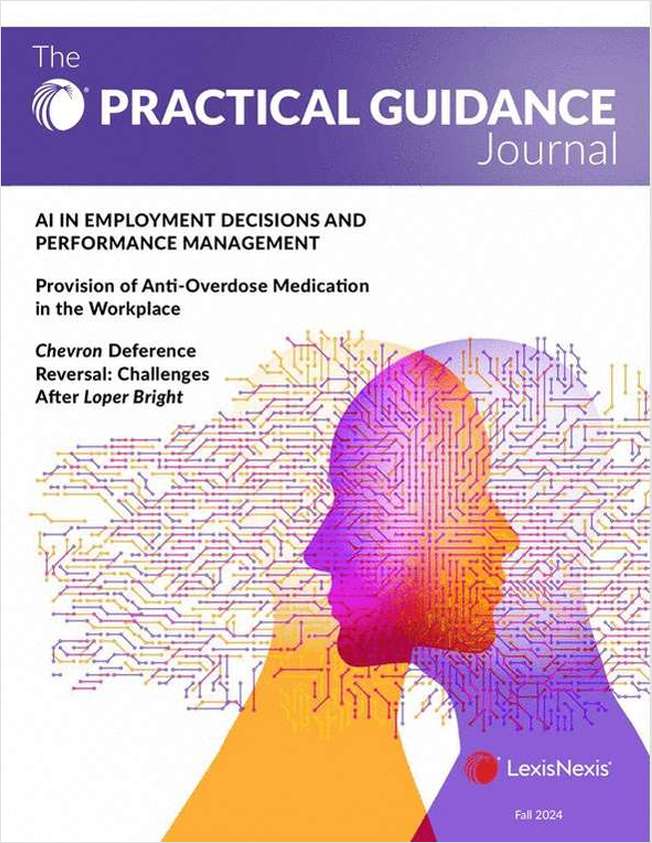'Bruno' Brings Broad Changes to Construction Law
Litigation arising out of a construction dispute typically involves claims that sound both in contract and tort. The "gist of the action" doctrine and the absence of a certificate of merit (in a professional negligence claim) are two barriers often raised by defendants in attempting to dismiss or limit a plaintiff's ability to pursue an action against them in tort.
August 11, 2015 at 08:57 AM
7 minute read
The original version of this story was published on The Legal Intelligencer
Litigation arising out of a construction dispute typically involves claims that sound both in contract and tort. The “gist of the action” doctrine and the absence of a certificate of merit (in a professional negligence claim) are two barriers often raised by defendants in attempting to dismiss or limit a plaintiff's ability to pursue an action against them in tort. In December 2014, the Pennsylvania Supreme Court issued an opinion in Bruno v. Erie Insurance, 2014 Pa. LEXIS 3319 (Pa. Dec. 15, 2014), which has a significant impact on these doctrines.
|Gist of the Action Doctrine
The gist of the action doctrine is a legal mechanism to dismiss tort claims which are properly brought as a breach of contract, but which a plaintiff has recast as a tort claim. A tort claim may have the potential to recover punitive and other special damages which could not be recovered under the parties' contract.
The focus of the gist of the action doctrine has been the relationship of the tort claim with the contract itself. Courts have evaluated whether the tort claims challenged are “inextricably intertwined with the contract claims.” One of the seminal cases articulating this standard is the Pennsylvania Superior Court's 2002 decision in eToll v. Elias/Savion Advertising, 811 A.2d 10 (2002).
Under this standard, a court evaluated the challenged tort claims and whether they overlapped with or were “intertwined” with the parties' contract. Bruno provides Pennsylvania courts with a different focus in applying the gist of the action doctrine.
NOT FOR REPRINT
© 2024 ALM Global, LLC, All Rights Reserved. Request academic re-use from www.copyright.com. All other uses, submit a request to [email protected]. For more information visit Asset & Logo Licensing.
You Might Like
View All

How Many Legal Jobs Will Be Affected by AI? Law Firms Can't Agree

DLA Piper Names Corporate Lawyer Gerry Williams as Co-US Managing Partner
3 minute read
Trending Stories
- 1The Law Firm Disrupted: Playing the Talent Game to Win
- 2GlaxoSmithKline Settles Most Zantac Lawsuits for $2.2B
- 3BD Settles Thousands of Bard Hernia Mesh Lawsuits
- 4Preparing Your Law Firm for 2025: Smart Ways to Embrace AI & Other Technologies
- 5Inside Track: Late-Career In-House Leaders Offer Words to Live by
Who Got The Work
Nicholas M. DePalma and Christian R. Schreiber of Venable have stepped in to represent CP Management Services, CRS RB4 Holdings and other defendants in a pending breach-of-contract lawsuit. The suit was filed Aug. 30 in Virginia Eastern District Court by Greenberg Traurig on behalf of Daito Kentaku USA. The case, assigned to U.S. District Judge Claude M. Hilton, is 1:24-cv-01538, Daito Kentaku USA, LLC v. Comstock Partners, LC.
Who Got The Work
Wyatt, Tarrant & Combs partner Andrew J. Pulliam has entered an appearance for Steve Jensen in a pending breach-of-contract lawsuit. The action, filed Aug. 30 in Tennessee Middle District Court by the Law Office of Perry A. Craft on behalf of Timothy Robins, accuses the defendant of writing a worthless check for over $94,000 for the sale of auctioned goods. The case, assigned to U.S. District Judge Eli J. Richardson, is 3:24-cv-01064, Robins v. Jensen et al.
Who Got The Work
Lane Powell shareholder Pilar C. French has entered an appearance for Penney OpCo LLC in a pending consumer class action. The complaint, filed Aug. 26 in Oregon District Court by Hattis & Lukacs, alleges that the company markets fictional discounts for certain products. The case, assigned to U.S. Magistrate Judge Mustafa T. Kasubhai, is 6:24-cv-01414, Gamble v. Penney OpCo LLC.
Who Got The Work
Donald L. Carmelite and Coryn D. Hubbert of Marshall Dennehey have stepped in to defend the City of York, Detective Roland Comacho and Detective Lisa Daniels in a pending civil rights lawsuit. The complaint, filed Aug. 27 in Pennsylvania Middle District Court by Levin & Zeiger on behalf of Noel Matos Montalvo, seeks damages for the amount of time that Montalvo was incarcerated over five years for the exonerated killing of his common law wife. The case, assigned to U.S. District Judge Jennifer P. Wilson, is 1:24-cv-01459, Montalvo v. City of York, et al.
Who Got The Work
Joseph M. Englert, Brian E. Pumphrey and M. Laughlin Allen of McGuireWoods have entered appearances for Bank of America NA in a pending class action. The action was filed Aug. 26 in Georgia Northern District Court by Podhurst Orseck; Webb, Klase & Lemond; Crabtree & Auslander; and Morrison + Associates on behalf of the representative of the beneficiaries of the Arthur N. Weinraub Trust, a trust which contains residential real property. The suit accuses the defendant of overcharging the trust by selecting unnecessary and/or excessively priced insurance for the property. The case, assigned to U.S. District Judge Thomas W. Thrash Jr., is 1:24-cv-03780, Weinraub v. Bank of America, N.A.
Featured Firms
Law Offices of Gary Martin Hays & Associates, P.C.
(470) 294-1674
Law Offices of Mark E. Salomone
(857) 444-6468
Smith & Hassler
(713) 739-1250








